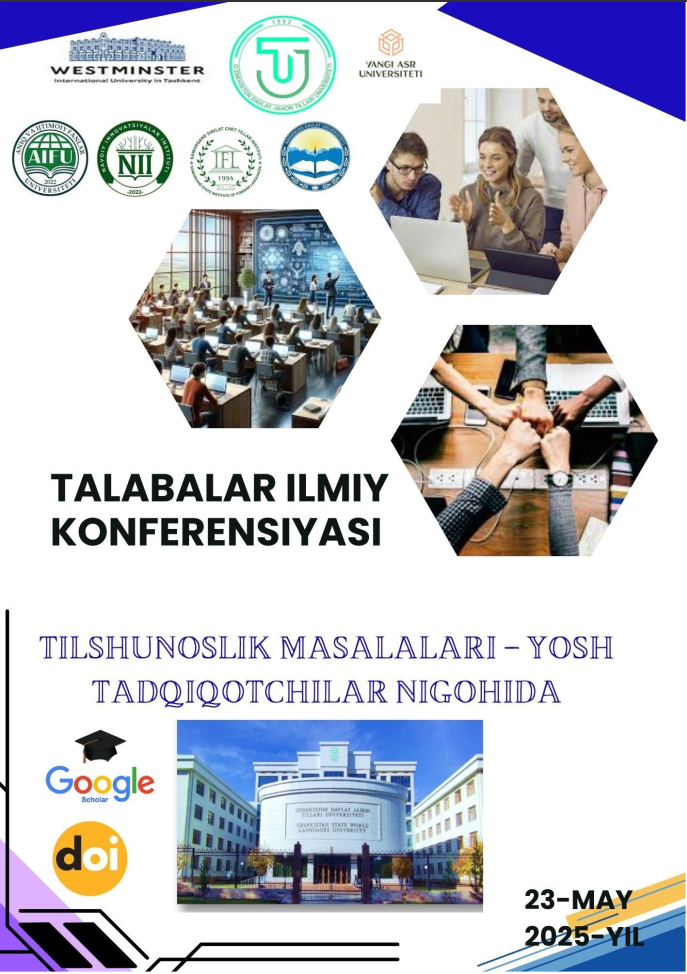TEACHING ENGLISH ACROSS CULTURES
https://doi.org/10.5281/zenodo.15547574
Kalit so‘zlar
Teaching English, intercultural communication, cultural diversity, multicultural classrooms, learner engagement, teacher training, language acquisitionAnnotasiya
Teaching English across cultures involves not only language instruction but also navigating cultural diversity within the classroom. Language learning is deeply connected with culture, influencing communication styles, motivation, and learner behavior. This article explores how cultural differences affect English language teaching and learning in multicultural classrooms. The study involved observations and interviews with teachers and students in international schools, identifying challenges such as communication barriers and varied expectations. Results indicate that culturally responsive teaching—incorporating students’ cultural backgrounds, adjusting interaction patterns, and using multicultural materials—enhances student engagement and learning outcomes. The article advocates for teacher training programs focused on developing intercultural competence to improve English teaching effectiveness in culturally diverse environments.
Foydalanilgan adabiyotlar ro‘yhati
Abulkasimovna, E. Z., & Leonidovna, M. N. (2023, March). THE LEXICAL-SEMANTICAL USAGE OF PROFESSIONAL LEXEMES IN “UTGAN KUNLAR”(" PAST DAYS") BY ABDULLA QADIRI. In International Scientific and Current Research Conferences (pp. 20-22).
Byram, M. (1997). Teaching and Assessing Intercultural Communicative Competence. Multilingual Matters. pp. 30–50.
Cushner, K., & Mahon, J. (2002). Intercultural Competence in Teacher Education. Journal of Teacher Education, 53(4), pp. 356–364.
Deardorff, D. K. (2006). Identification and Assessment of Intercultural Competence as a Student Outcome of Internationalization. Journal of Studies in International Education, 10(3), pp. 241–266.
El Agez, B., & Rashidova, G. I. (2024). Authentic materials for teaching writing: a critical look. O ‘zbekiston davlat jahon tillari universiteti konferensiyalari, 21-30.
Gulomova, R. (2017). The importance of fairy tales in teaching English as a second language. Архивариус, 1(2 (17)), 27-29.
Holliday, A. (2013). Understanding Intercultural Communication: Negotiating a Grammar of Culture. Routledge. pp. 45–62.
Kramsch, C. (1993). Context and Culture in Language Teaching. Oxford University Press. pp. 15–35.
SULTONOVA, M. (2024). On the issue of critical thinking.
Tomlinson, B. (2012). Materials Development for Language Teaching. Cambridge University Press. pp. 70–85.

